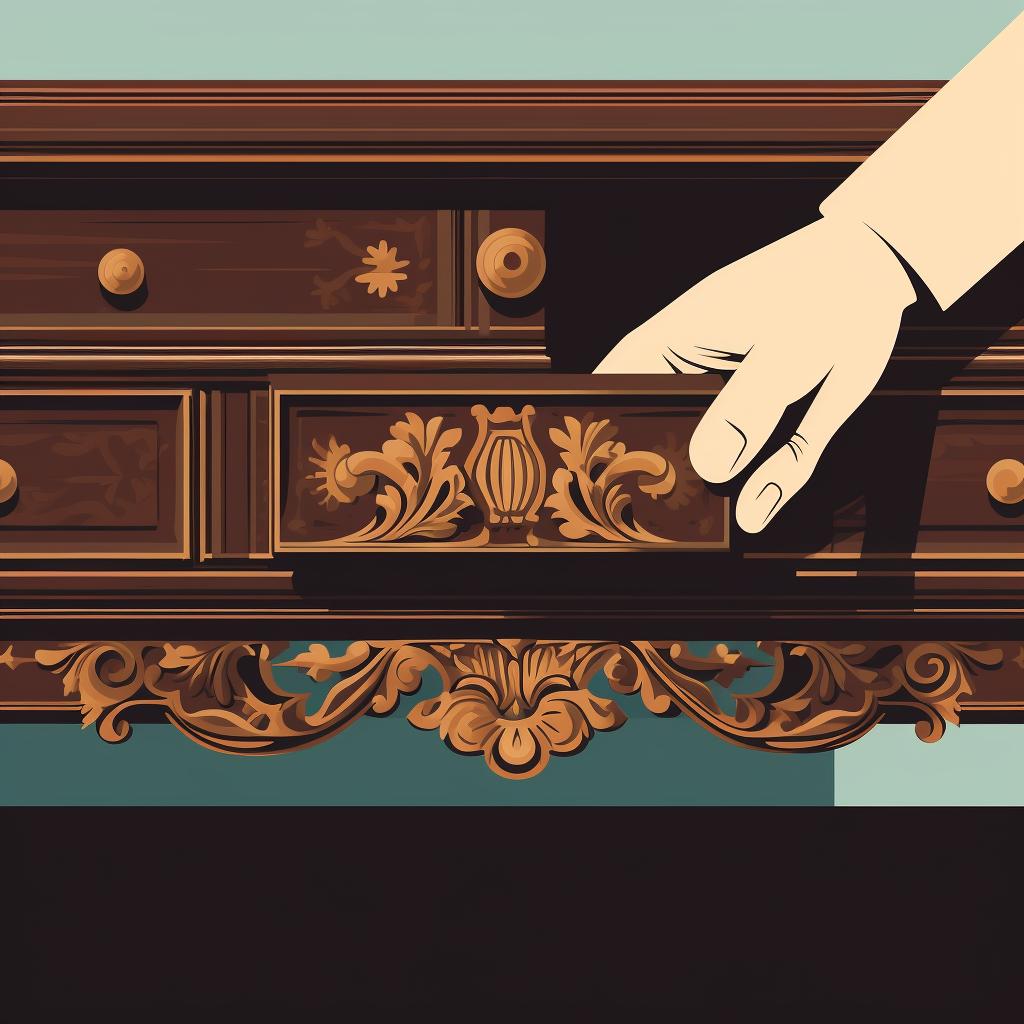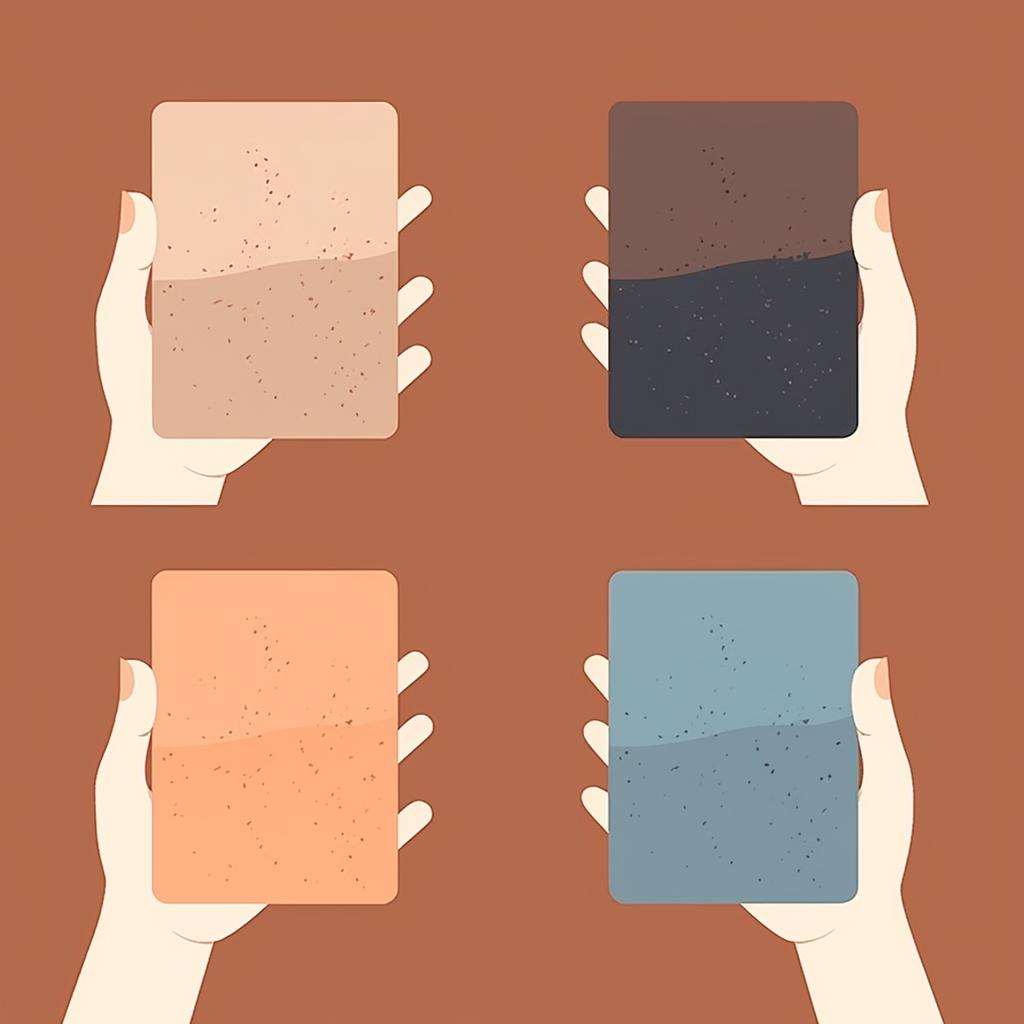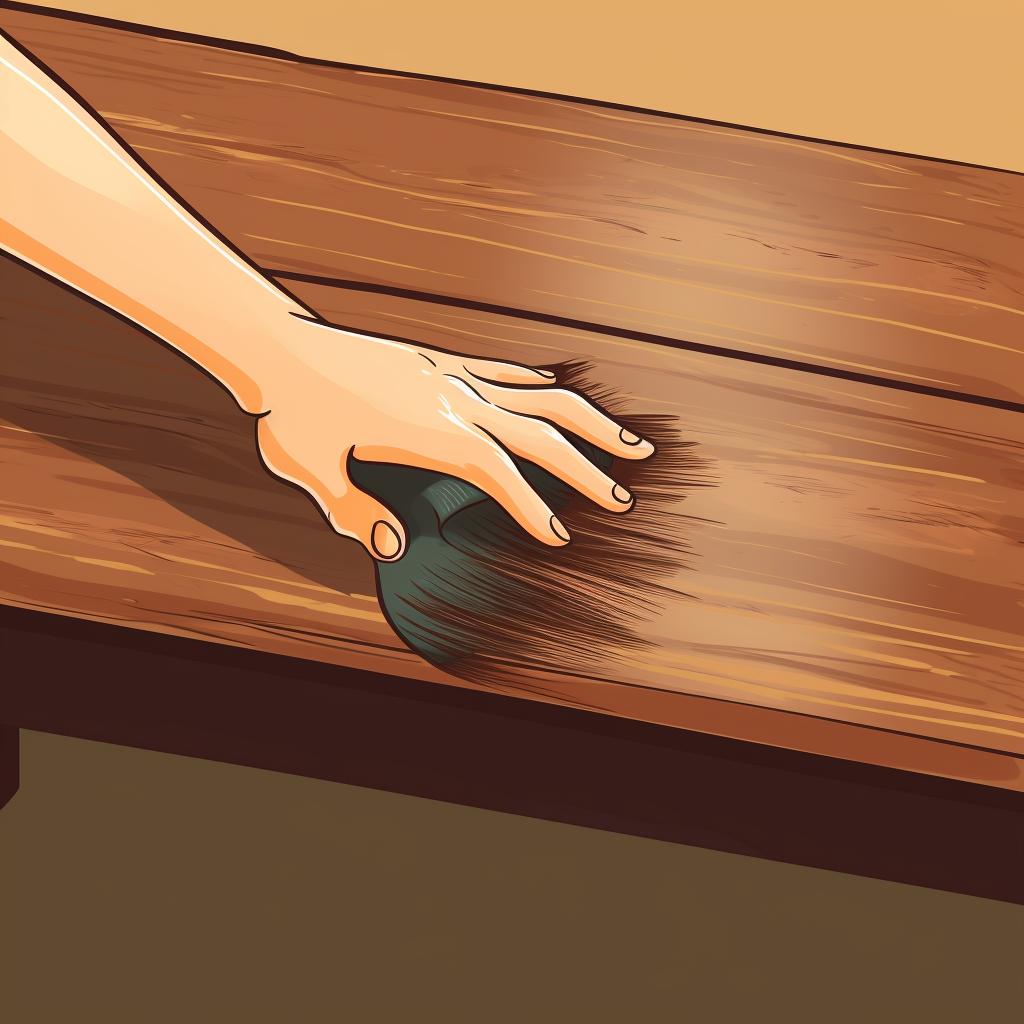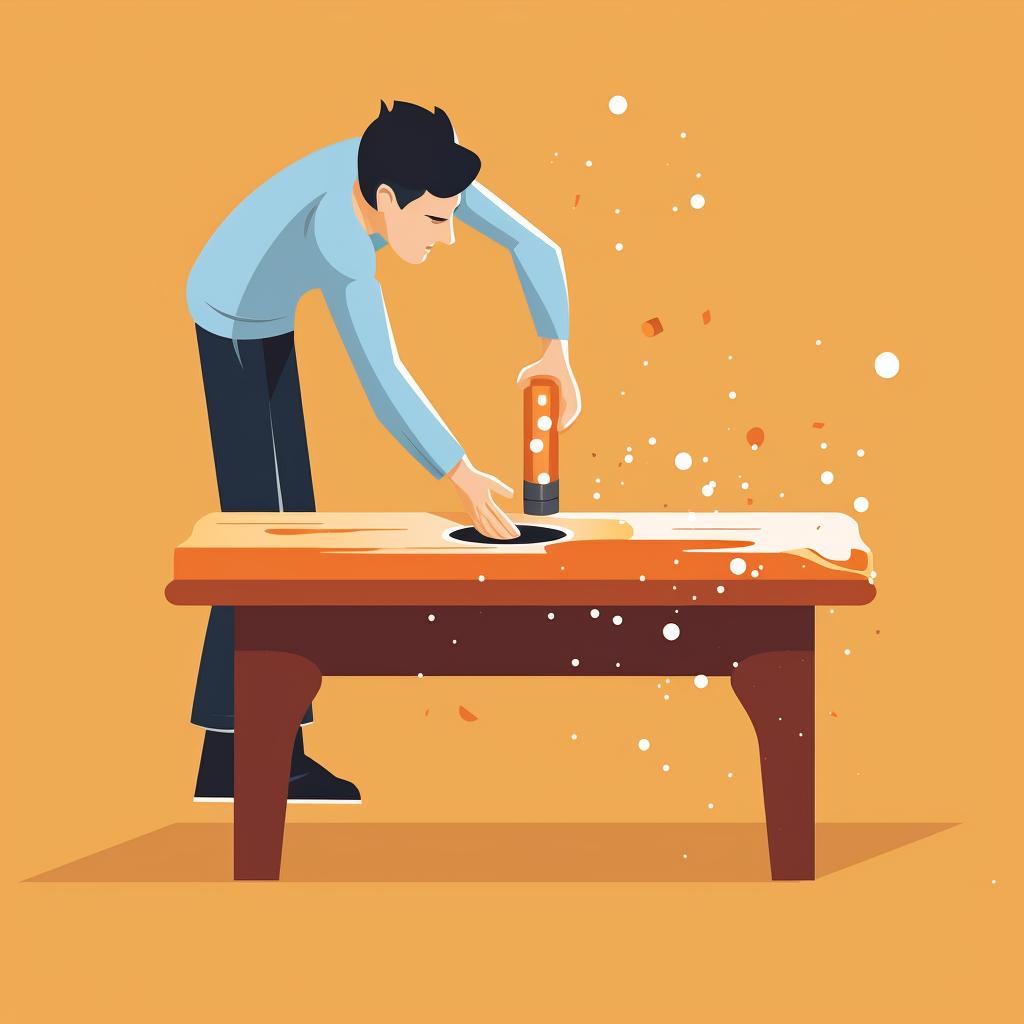Arnold Bennett is a retired mechanic with a fondness for antique cars and machinery. He enjoys sharing his knowledge about the mechanics and restoration of vintage items.
The most cost-effective method to smooth out the edges and corners of antique furniture involves a combination of careful sanding, application of filler, and finishing with a sealant or varnish. Here's a step-by-step guide to help you through the process.
After understanding the most cost-effective method to smooth out the edges and corners of antique furniture, let's delve into the step-by-step process.
Learn more about 🔧 Cost-Effective Guide to Smoothing Antique Furniture Edges or discover other Route 66 West guides.
Now that you're equipped with the knowledge and steps, it's time to put it into practice. Remember, antique furniture restoration takes time and patience, so don't rush the process.
Begin by inspecting your antique piece for any loose or damaged parts. If you find any, you might want to check out my article on how to safely move heavy antique furniture before you start the restoration process.
Sanding is the first step in smoothing the edges. Start with a coarse-grit sandpaper to remove the roughness, then gradually move to a finer grit for a smooth finish. Always sand along the grain of the wood to avoid scratches.
Once you have assessed your antique furniture for any damages, the next step is sanding. This process can be a bit tricky if you're not familiar with it. To help you out, here's a tutorial video that explains how to use different sandpaper grits for antique furniture restoration.
After you've successfully sanded your furniture, it's time to fill in any gaps or holes. This is where a good wood filler comes in handy. Read on to learn how to make a cost-effective filler at home.
Next, apply a wood filler to any gaps or holes in the furniture. You can make a cost-effective filler at home by mixing sawdust from the sanding process with wood glue. Apply the mixture to the gaps, let it dry, then sand it down for a smooth finish.
Learn more about 🔨 Homemade Wood Filler Recipe or discover other Route 66 West recipes.
Finish the process with a sealant or varnish. This not only enhances the look of the furniture but also protects it from damage. Remember, the type of finish you choose can greatly affect the final look of your piece. So choose wisely!
To complete the restoration process, it is essential to finish the furniture with a high-quality sealant or varnish. This will not only enhance the overall look of the piece but also provide protection against damage and wear.
One highly recommended option is the Furniture Clinic Interior Wood Varnish. This extra tough water-based varnish is specifically designed for furniture and interior wood. With its matte finish and a capacity of 250 ml, it offers both durability and affordability. Applying this varnish will ensure a long-lasting and professional-looking result for your antique furniture restoration project.
Now that you're equipped with the knowledge, it's time to put it into practice. But remember, antique furniture restoration is not a race. Take your time, and if you're feeling unsure, don't hesitate to seek professional help.
What has been your experience with DIY antique furniture repair?
We'd love to hear about your DIY antique furniture repair experiences. Have you tried smoothing out edges and corners of your antique pieces? What challenges did you face? What was the outcome?
So there you have it, a cost-effective method for smoothing the edges and corners of your antique furniture. With a little patience and elbow grease, you can restore your antique pieces to their former glory without breaking the bank.
Looking to learn more about antiques? Check out our guide to using antiques for home decoration or our exploration into the sustainability of furnishing your home with antiques.
Before we wrap up, let's address some frequently asked questions about antique furniture restoration.
I hope these answers have provided you with some useful insights. Remember, every piece of antique furniture is unique and requires a tailored approach. Happy restoring!
Happy restoring!







 Sawdust
Sawdust Wood Glue
Wood Glue






































